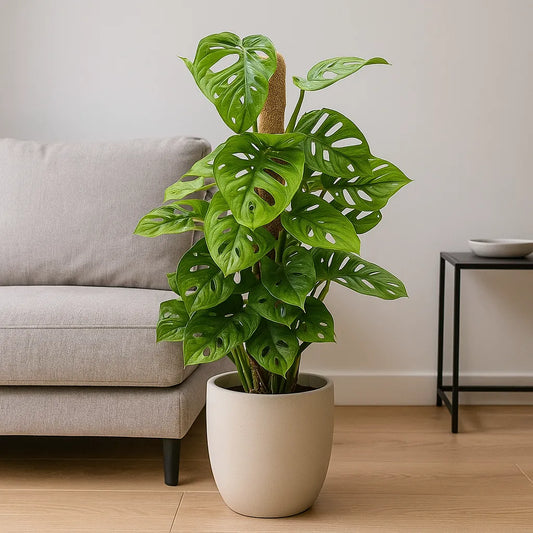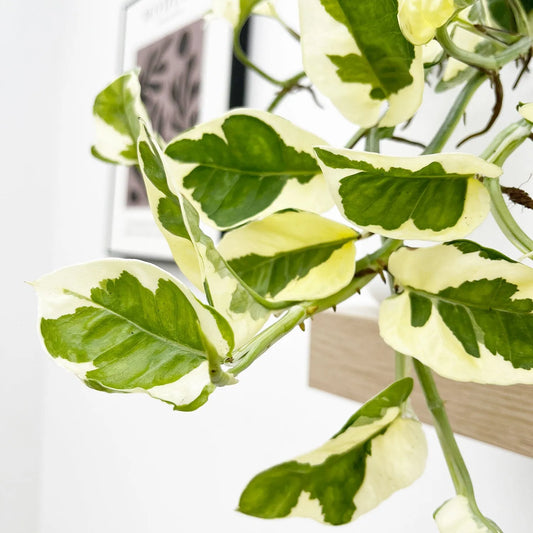Tissue Culture in Plant Propagation: A Revolutionary Technique
Plant propagation has been a critical practice since the dawn of agriculture. Over time, a variety of techniques have been developed to help grow more plants with desirable traits. One of these modern techniques is tissue culture, also known as micropropagation, which has revolutionised plant propagation in the last few decades. This blog will delve into what tissue culture is, the benefits of using this technique in plant propagation, and how it works.
What is Tissue Culture?
Tissue culture is a method of propagating plants by growing plant cells, tissues, or organs in a sterile environment under controlled conditions. This technique allows for the production of multiple identical plants, also known as clones, from a single parent plant. The main advantage of tissue culture is that it helps overcome the limitations of traditional propagation methods, such as slow growth rate, seasonality, and low success rates.
Benefits of Tissue Culture in Plant Propagation
-
Rapid Multiplication: Tissue culture enables the production of a large number of plants in a relatively short period. This is particularly beneficial for slow-growing or endangered species, as it allows for the rapid multiplication of these plants to preserve their genetic diversity and prevent their extinction.
-
Disease-free Plants: Tissue culture techniques involve the use of sterile environments and equipment, significantly reducing the risk of disease transmission. This ensures that the plants produced are healthy and disease-free, which is crucial for the agricultural industry.
-
Genetic Uniformity: Since tissue culture produces clones of the parent plant, the plants obtained have identical genetic material. This uniformity is crucial in commercial agriculture, where consistent plant characteristics such as size, colour, and yield are desired.
-
Conservation of Rare and Endangered Species: Tissue culture can help conserve rare and endangered plant species by providing a means to propagate them in large quantities, reducing the pressure on their natural habitats.
How Tissue Culture Works
-
Explant Selection: The first step in tissue culture is selecting a suitable plant part, known as an explant. This could be a leaf, stem, root, or even a single cell. The choice of explant depends on the plant species and the desired outcome.
-
Sterilisation: The explant is sterilised to eliminate any microorganisms that may be present. This is a crucial step, as the presence of bacteria or fungi can negatively impact the growth and development of the plant tissue.
-
Culture Medium Preparation: A nutrient-rich culture medium is prepared to provide the necessary nutrients for the explant's growth and development. The medium typically contains essential elements such as sugars, vitamins, minerals, and plant hormones that stimulate cell division and growth.
-
Inoculation: The sterilized explant is placed into the culture medium, usually in a sterile container like a test tube, petri dish, or specialized culture vessel.
-
Incubation: The explant is incubated under controlled environmental conditions, including temperature, light, and humidity. These conditions are maintained to promote the growth and development of the explant.
-
Subculturing and Multiplication: As the explant grows and develops, it may be necessary to subculture it, transferring the developing plant material to fresh culture medium. This step is often repeated several times to produce a large number of plants.
-
Rooting and Plantlet Formation: Once sufficient growth has occurred, plant hormones may be adjusted in the culture medium to promote the formation of roots and shoots, resulting in the development of small plantlets.
-
Acclimatization and Transplantation: The plantlets are carefully removed from the culture medium and gradually acclimatized to external environmental conditions before being transplanted into soil or other growing substrates.
Tissue Culture
in plant propagation is an innovative and efficient technique that has revolutionized the way plants are propagated and multiplied. It offers numerous benefits such as rapid multiplication, disease-free plants, genetic uniformity, and the conservation of rare and endangered species. As a result, tissue culture has become a crucial tool in commercial agriculture, horticulture, and conservation efforts worldwide.
As technology continues to advance, tissue culture techniques will undoubtedly evolve, becoming even more efficient and accessible. This will further support sustainable agriculture, biodiversity conservation, and plant breeding, ensuring the preservation of our planet's flora for future generations.










